Alex Noel Joseph Raj
SearchMorph:Multi-scale Correlation Iterative Network for Deformable Registration
Jul 04, 2022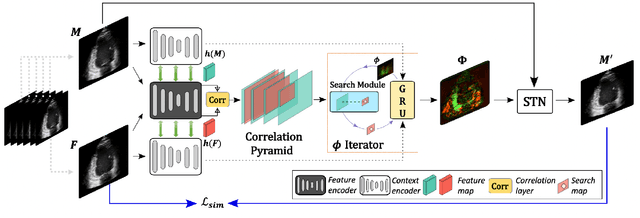
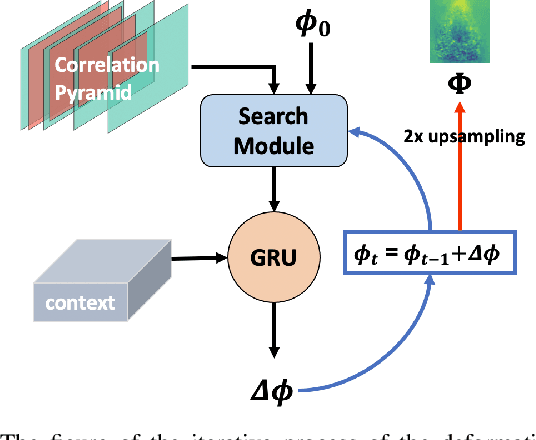
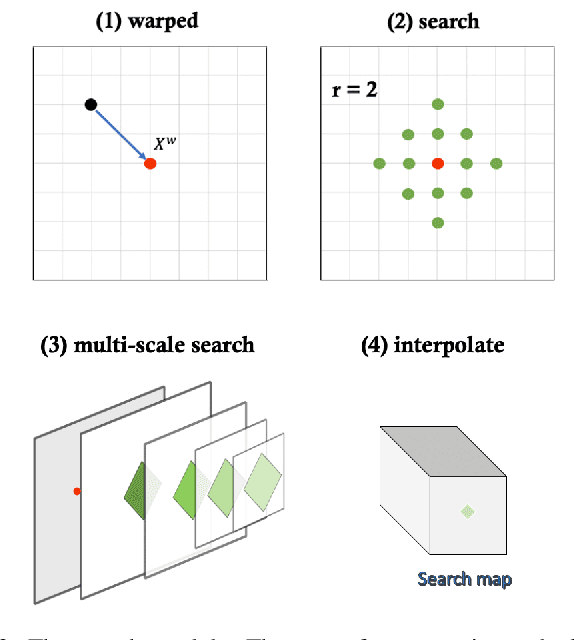
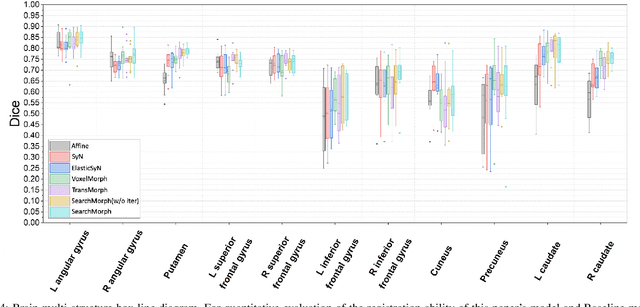
Abstract:Deformable image registration provides dynamic information about the image and is essential in medical image analysis. However, due to the different characteristics of single-temporal brain MR images and multi-temporal echocardiograms, it is difficult to accurately register them using the same algorithm or model. We propose an unsupervised multi-scale correlation iterative registration network (SearchMorph), and the model has three highlights. (1)We introduced cost volumes to strengthen feature correlations and constructed correlation pyramids to complement multi-scale correlation information. (2) We designed the search module to search for the registration of features in multi-scale pyramids. (3) We use the GRU module for iterative refinement of the deformation field. The proposed network in this paper shows leadership in common single-temporal registration tasks and solves multi-temporal motion estimation tasks. The experimental results show that our proposed method achieves higher registration accuracy and a lower folding point ratio than the state-of-the-art methods.
Harmony-Search and Otsu based System for Coronavirus Disease Detection using Lung CT Scan Images
Apr 06, 2020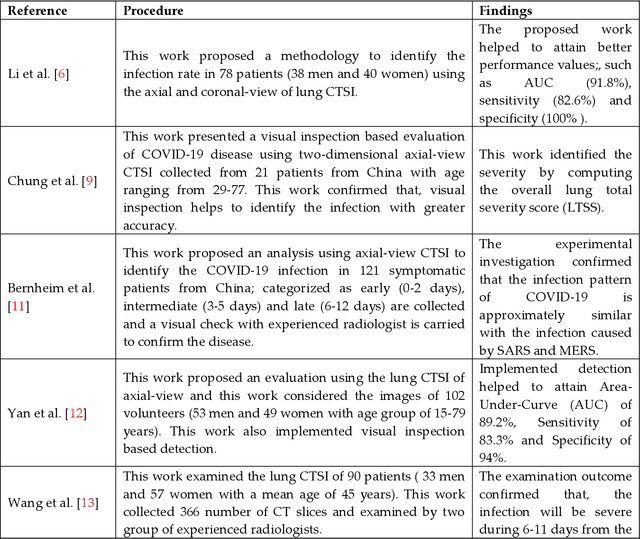
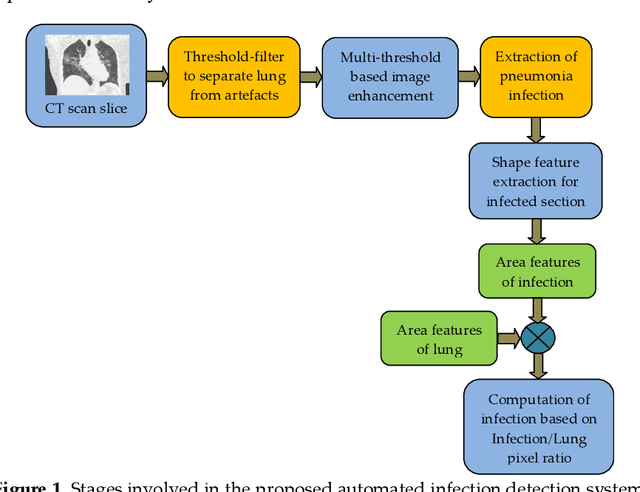
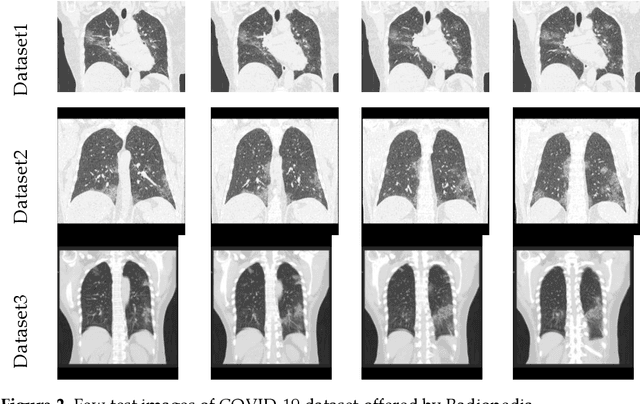
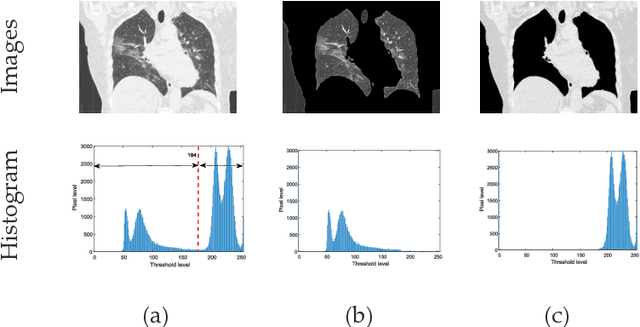
Abstract:Pneumonia is one of the foremost lung diseases and untreated pneumonia will lead to serious threats for all age groups. The proposed work aims to extract and evaluate the Coronavirus disease (COVID-19) caused pneumonia infection in lung using CT scans. We propose an image-assisted system to extract COVID-19 infected sections from lung CT scans (coronal view). It includes following steps: (i) Threshold filter to extract the lung region by eliminating possible artifacts; (ii) Image enhancement using Harmony-Search-Optimization and Otsu thresholding; (iii) Image segmentation to extract infected region(s); and (iv) Region-of-interest (ROI) extraction (features) from binary image to compute level of severity. The features that are extracted from ROI are then employed to identify the pixel ratio between the lung and infection sections to identify infection level of severity. The primary objective of the tool is to assist the pulmonologist not only to detect but also to help plan treatment process. As a consequence, for mass screening processing, it will help prevent diagnostic burden.
 Add to Chrome
Add to Chrome Add to Firefox
Add to Firefox Add to Edge
Add to Edge